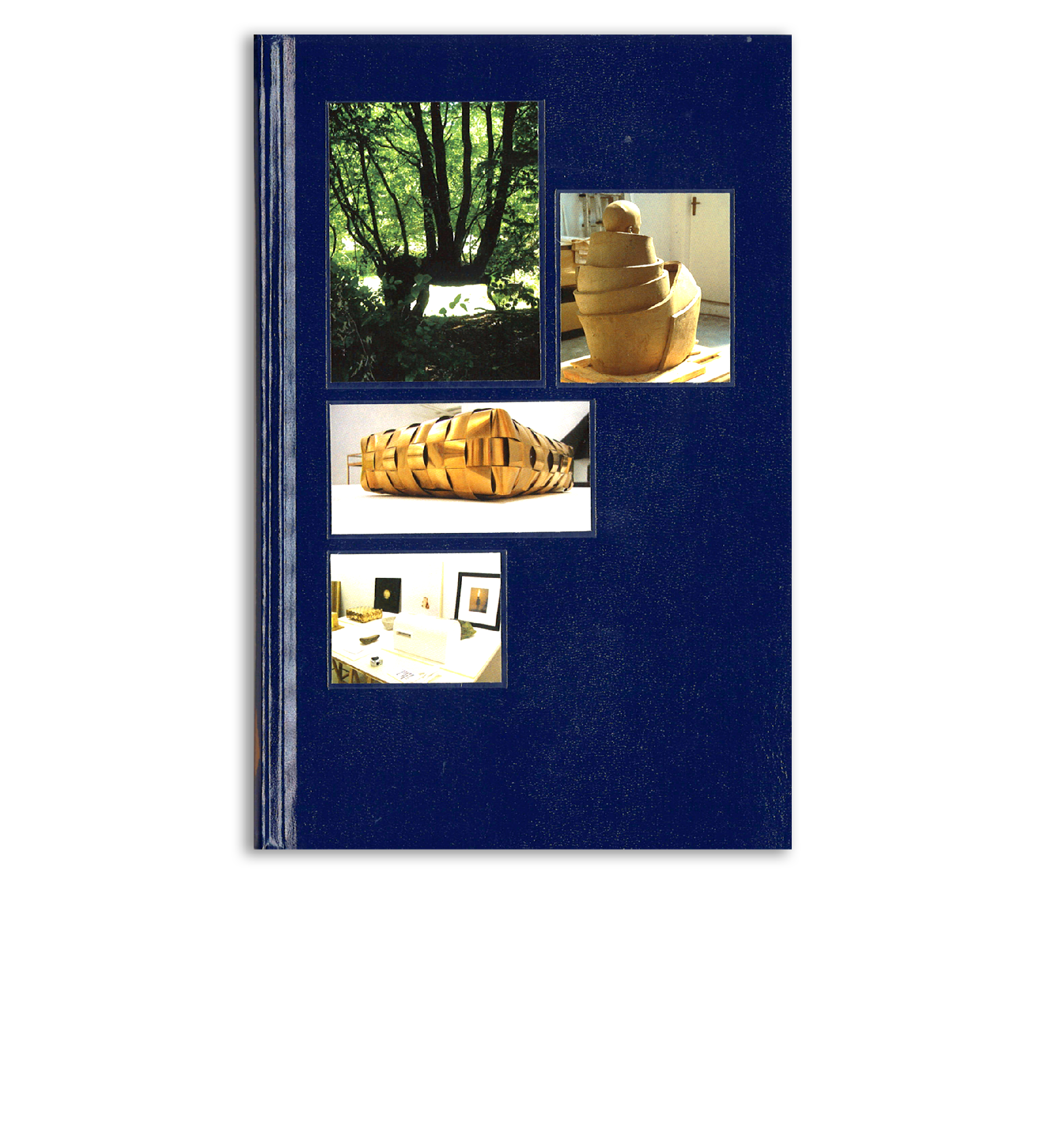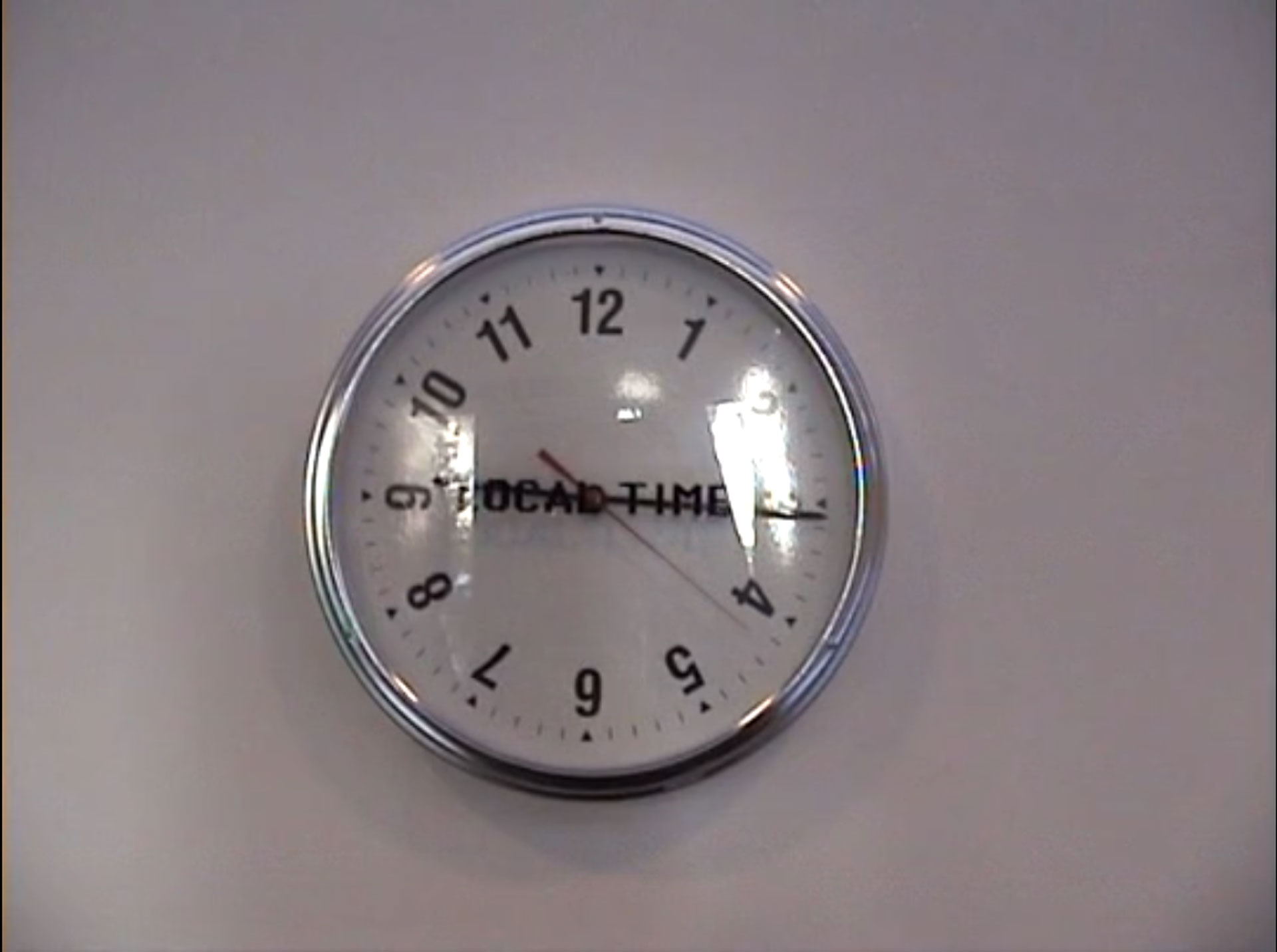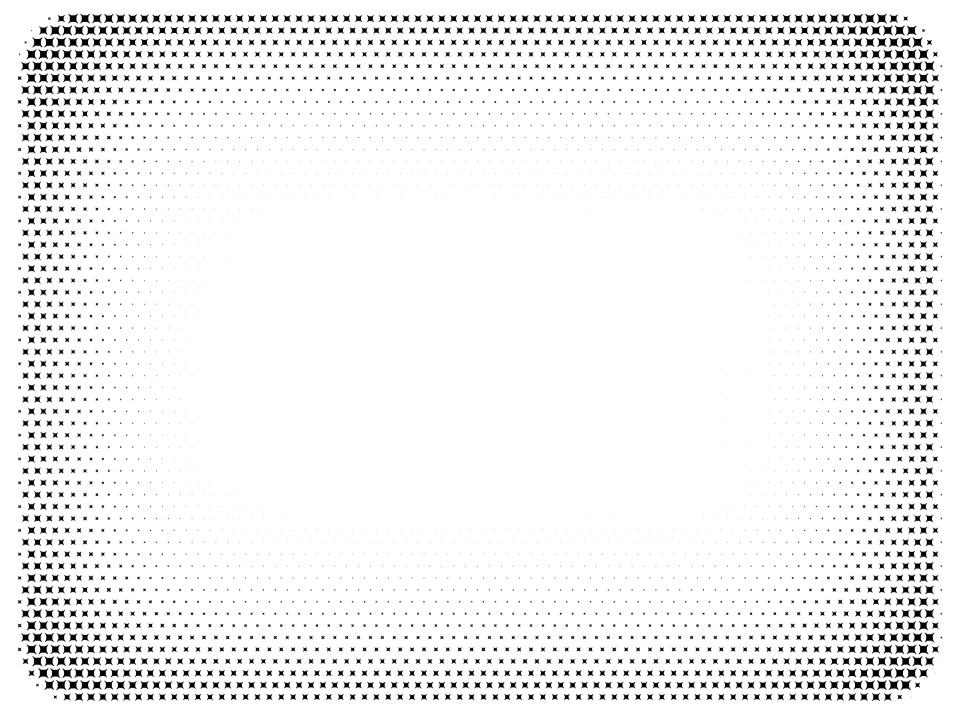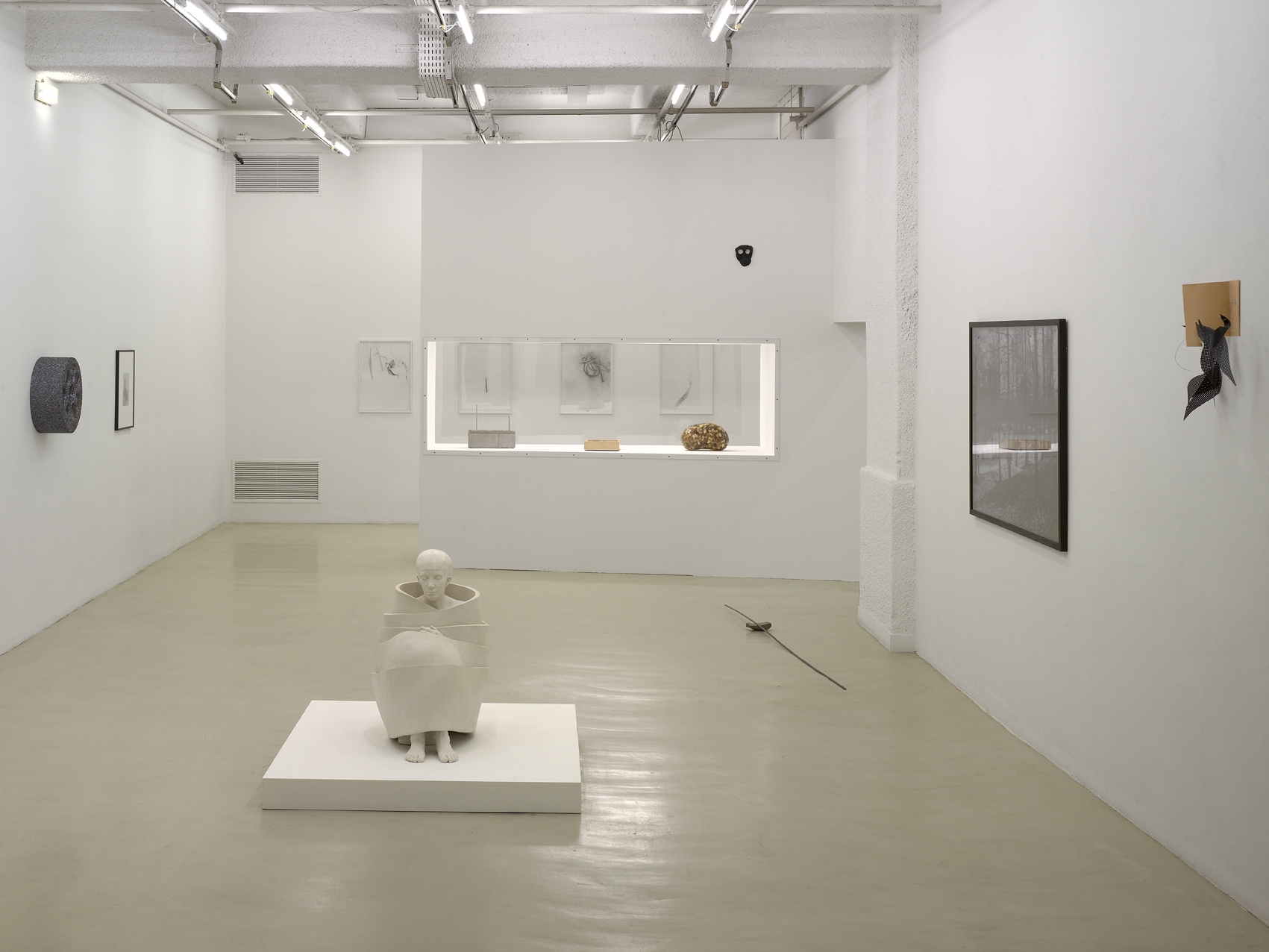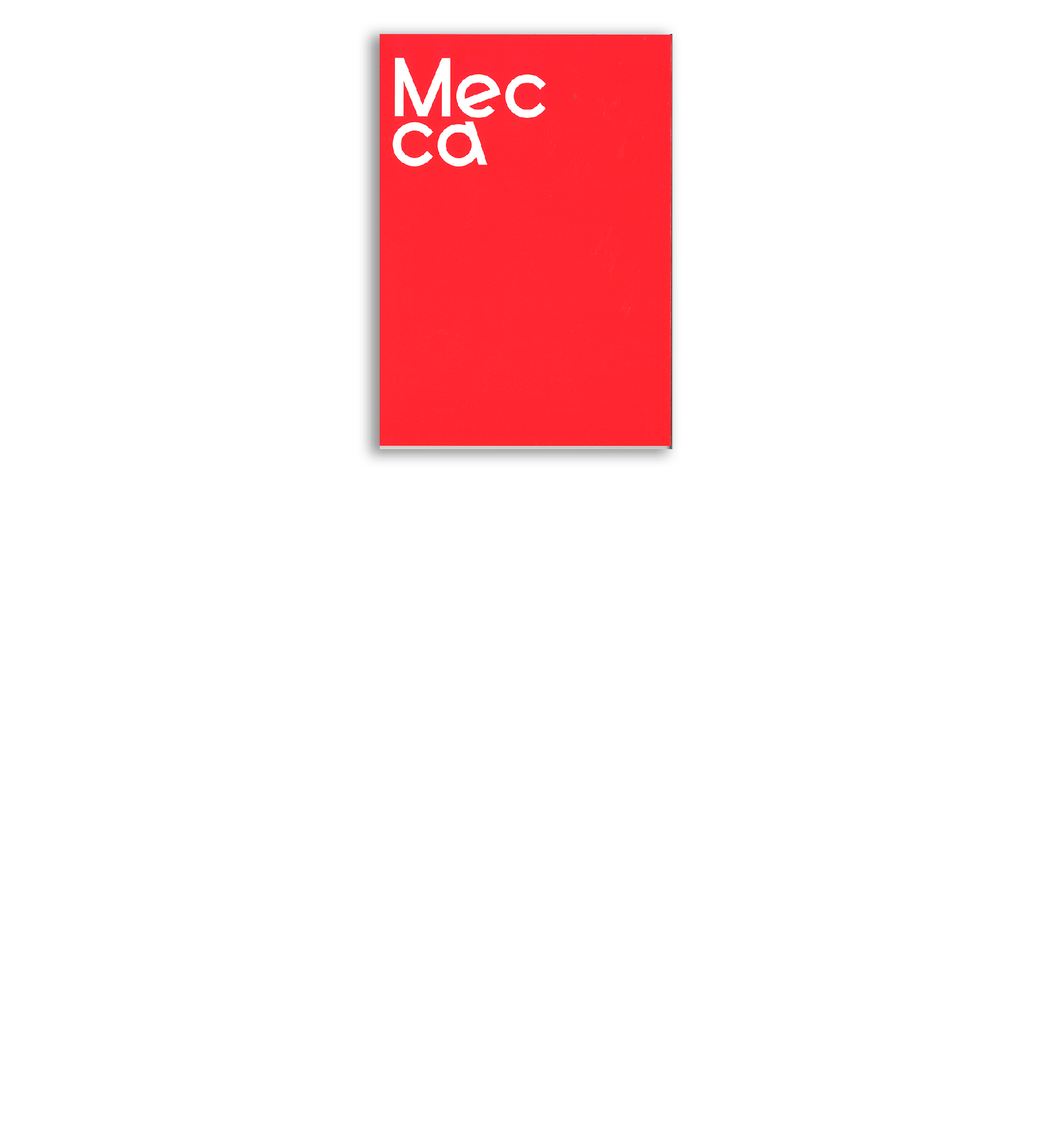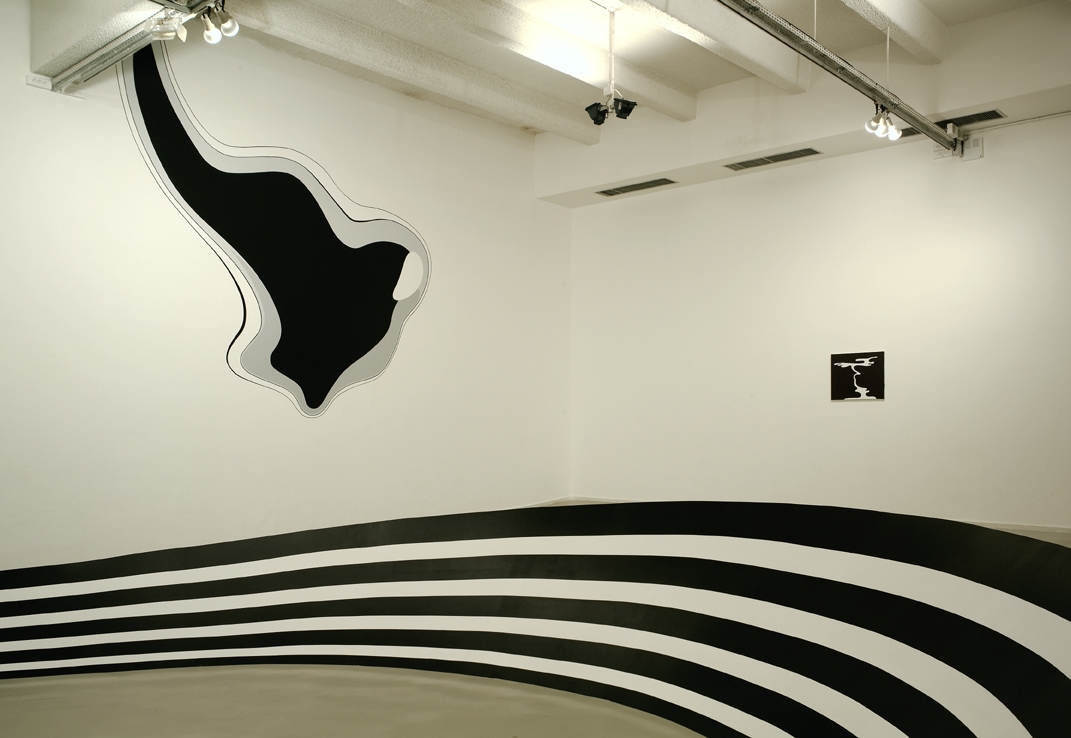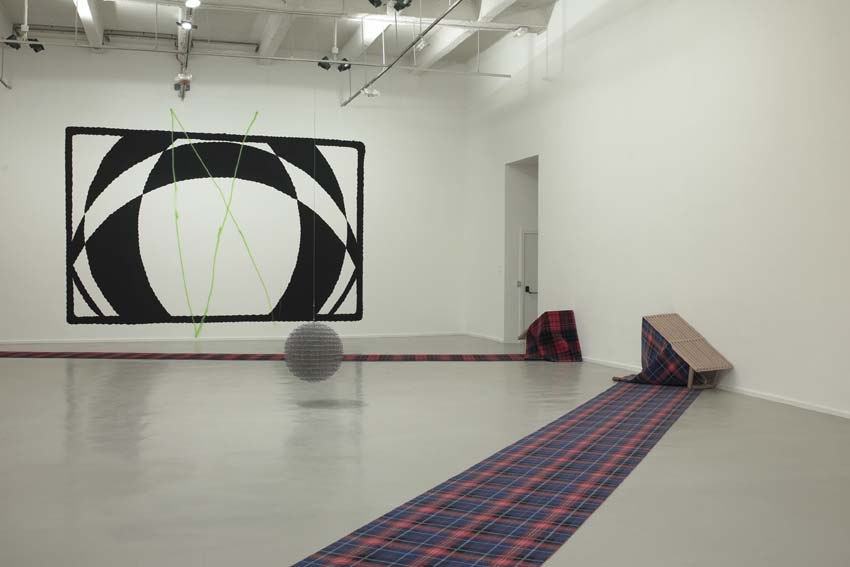L’Amour
Stéphane Calais

Stéphane Calais, exhibition view L’Amour, Centre d’art contemporain d’Ivry – le Crédac, 2008. John à temps. John attend, 2008, Acrylic and carpet M.H.S, 2007, Inkjet print, ink on paper, 96 × 71 cm © Photo : André Morin / le Crédac - Courtesy galerie Jocelyn Wolff

Stéphane Calais, exhibition view L’Amour, Centre d’art contemporain d’Ivry – le Crédac, 2008. John à temps. John attend, 2008, Acrylic and carpet M.H.S, 2007, Inkjet print, ink on paper, 96 × 71 cm © Photo : André Morin / le Crédac - Courtesy galerie Jocelyn Wolff

Stéphane Calais, exhibition view L’Amour, Centre d’art contemporain d’Ivry – le Crédac, 2008. L’Amour, 2007/2008, Poem by Jack Spicer, French translation by Joseph Guglielmi, 36 voices, 18 Rhodoids © Photo : André Morin / le Crédac - Courtesy galerie Jocelyn Wolff

Stéphane Calais, exhibition view L’Amour, Centre d’art contemporain d’Ivry – le Crédac, 2008. L’assassinat de Bruno Schulz, 2004, Ink and acrylic on canvas, 54 × 65 cm © Photo : André Morin / le Crédac - Courtesy galerie Jocelyn Wolff

Stéphane Calais, exhibition view L’Amour, Centre d’art contemporain d’Ivry – le Crédac, 2008. La Chambre, 2007/08, Acrylic, wood, drywall, polyurethane and silkscreen on paper © Photo : André Morin / le Crédac - Courtesy galerie Jocelyn Wolff

Stéphane Calais, exhibition view L’Amour, Centre d’art contemporain d’Ivry – le Crédac, 2008. La Chambre, 2007/08, Acrylic, wood, drywall, polyurethane and silkscreen on paper © Photo : André Morin / le Crédac - Courtesy galerie Jocelyn Wolff






Like life, Stéphane Calais’s pieces work on energy. The artist quite often returns to, rectifies and questions anew his own pieces. Such is the case of Maintenant/Now (1997), a series of 36 hanging paper lamps, the least approach to them automatically setting off as many voices which murmured, as I recall, a poem by Denis Cooper to the memory of a friend who took his own life. This piece shown in Reims at FRAC over ten years ago opened my approach to Calais’s work.
Thus, for L’Amour, his solo show at Crédac, he has returned to this piece for numerous reasons, a good number of which are a complete mystery to me. The lamps have been reduced to eighteen in number, the design of the Chinese lanterns has been rendered clearer, and transparency predominates. The enchantment, sweetness and modesty of the vibrating Chinese lanterns have gradually drifted from the idea of the fun fair to lead us, ten years later, towards the world of a chapel!
But I’m going to make a detour here.
Our first time working together dates from a show mounted in New York in 2002. Calais, whom I’d invited to do on-site pieces in an industrial zone wedged in between the Brooklyn and the Manhattan bridges, created several works, including a black-and-white mural, a blend of a grid and a target. This large 4 x 3 m mural suggested a possible mix between Bridget Riley and Victor Vasarely and bore a stripe at the center, a swath of fluorescent orange spray paint.
The following year, I mounted La Partie continue, the first group show at Crédac. This time, on the large wall of Crédac’s great hall (cinema), Calais reworked the drawing with a stroke of paint that looked as if it had been subjected to erosion. The spray paint had become fluorescent green, Brooklyn Style 2. As with Maintenant/Now, Calais breathed new energy into Brooklyn Style.
The show he’s orchestrated at Crédac is articulated around three chapters connected by an underground harmony, a taut balance. After the Chinese lanterns, Calais displays a kind of painting machine. That is, he deploys great strips of white carpeting hanging from the ceiling. Speckled with black paint, they conjure up sketchbooks and lead pencil.
The brutality of the image is in keeping with the degree of incision of Calais’s stroke of paint. The technical triviality is akin to the delicacy of the brushstrokes in the series M.H.S. (myth, history, studio), ten drawings measuring 96 x 71 cm. Depicted there are portraits of Dora Maar, Napoleon III, Bismarck, Ambroise Thomas, an unknown woman, Loiseau de Persuis, George Sand, a view of Calais’s studio and so on.
In other words, so many motifs without an alibi, a close connection with figuration through the figure. Subjects that Calais characterizes as «subjects on the surface», flimsy, borderline, free.
Besides the quality of his artmaking, the singularity of his drawing and the breadth of his knowledge of art, Calais appears today as an artist whose formal language is at once complex, sophisticated and trivial. An agreement of power and elegance, between «the lacemaker and the knight.»
Calais is deeply influenced by the history of drawing but also by the history of design and literature; Pierre Staudenmeyer, the artist’s friend, perfectly described what he is all about, «That strange scrambling that goes from one subject to another, a kind of elation, furious and a tad bitter (in the culinary sense), the biographic character of the titles, that clever mix of the figurative childlike and precise technical skill (for example, the skill seen in his drafting of protocols for collectors’ use), that desire to highlight an individual consciousness and to transform how we see, that well-anchored feeling for the ‘true’ and its magic sources.»1
In the third gallery, the smallest, Calais has hung L’Assassinat de Bruno Schulz (The Assassination of Bruno Schulz), a canvas from 2004, with two drawings by Pierre Joubert (1935) from his personal collection. It is a veritable introduction, an antechamber, to the show’s main piece, La Chambre de Schulz.
In the middle of the main hall, there is a return to the same place as Brooklyn Style, for Calais has constructed a 4 x 4 m pavilion whose exterior is covered with drawings. Some areas are smashed in, destroyed. This work plays off the strong contrast with the light, transparent Chinese lanterns at the start of the show, though with a similar feeling of presence and absence.
When Calais mentioned to me once his longstanding interest in the writer and graphic artist Bruno Schulz, he told me what this Polish Jew had to do coerced by the SS officer Felix Landau, i.e., the creation of a series of wall paintings in the room of Landau’s young son. The group of murals, discovered in 2001 in Ukraine and taken away to Israel, is an object, an enigma that haunts Calais. Three of the four walls cannot be seen to this day.
Since it is impossible to reach horror, Calais neither recreates nor reinterprets.
It is his artwork that will be visible. Like the graphic artists of his pantheon, the Félicien Ropses, Eric Stantons and Macherots, for example, who, like him and like Schulz, crystallize with simplicity levels of fantasy and put them into images. To which is added the psychology of fairy tales, cruel, tales of horror. Schulz’s room leads to a wearing away and a loss.
As in his works, paintings and installations, Calais is looking neither for a pretext, nor to propose a commentary, but rather to raise for others and for himself the question of the snare, the gin, the mousetrap.
The question posed is also the question of the Image.
Claire Le Restif
Artist biography
-
Born in 1967.Lives and works in Paris, France. https://www.stephanecalais.net/fr/
